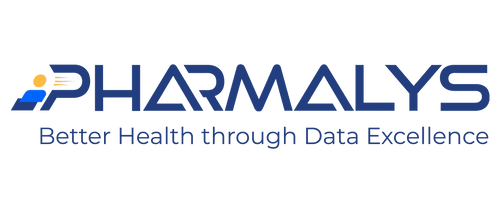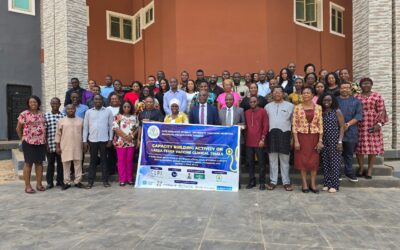In the realm of medical and scientific publishing, the precision and respect embedded in our language are crucial. The choice of terminology when describing individuals and groups can profoundly influence the clarity and fairness of our communications. Inclusive language is not merely a stylistic preference but a fundamental aspect of respectful and accurate representation.
To advance these principles, the AMA Manual of Style committee has revised its guidance on the use of inclusive language, focusing on gender, sex, gender identity, sexual orientation, and age. This updated draft is designed to help authors and editors navigate the complex landscape of demographic reporting with sensitivity and consistency.
Key Highlights of the Updated Guidance:
The revised guidance addresses several critical areas to ensure respectful and accurate language use:
- Inclusive Language Overview: Provides an introduction to the principles of inclusive language, emphasising the importance of avoiding reductionist descriptions and recognising the intersectionality of different characteristics.
- Concerns and Controversies: Explores ongoing debates and challenges in the use of inclusive language within healthcare and research contexts.
- Glossary and Definitions: Offers clear definitions of terms related to gender, sex, gender identity, and sexual orientation to promote accurate and consistent usage.
- Reporting Guidance: Details best practices for reporting demographic characteristics in research articles, including the presentation of data in tables and figures.
- Practical Examples: Includes examples of commonly used terms and their appropriate contexts to guide authors in their writing.
- Grammar and Usage: Addresses grammar and punctuation concerns specific to gender, sex, gender identity, and sexual orientation, including recommendations for gender-neutral terms and personal pronouns.
- Age and Other Considerations: Provides guidance on the respectful and accurate reporting of age and other demographic factors.
We invite our community at Pharmalys to contribute to the development of this important guidance by reviewing the draft and providing feedback. Your insights are invaluable in ensuring that the recommendations are clear, fair, and effective. The draft guidance is available for review at https://jamanetwork.com/pages/draft-guidance until September 30, 2024.
We appreciate your participation in this review process to ensure inclusivity within all future Medical and Scientific Publications.
Milena Henderson, for Pharmalys Communication Department











